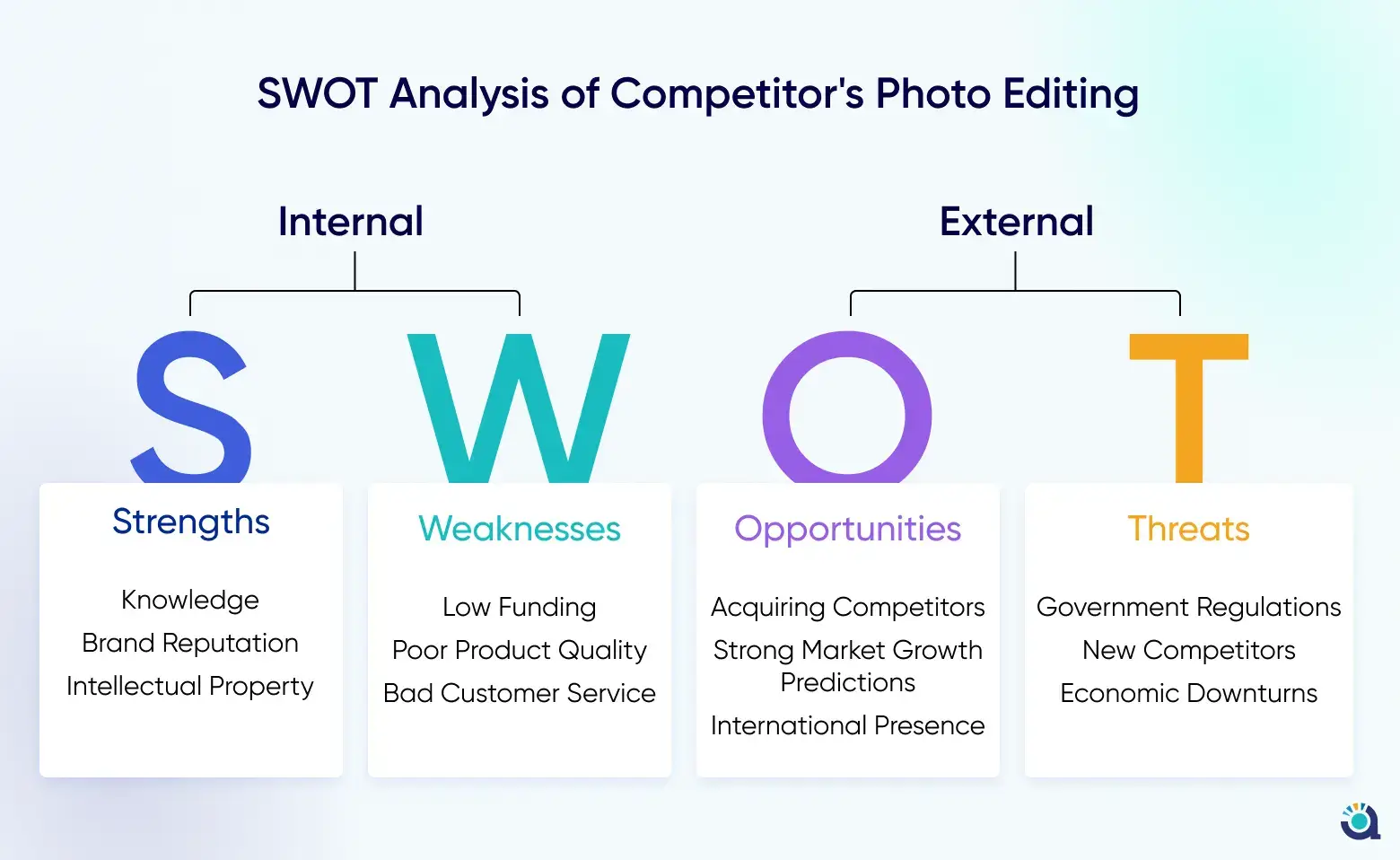Imagine pouring your heart and soul into building an app, only to discover later that it doesn’t resonate with users. Yikes! To avoid this scenario, a user-centric approach is crucial. But how do you ensure you’re solving a real problem for real people? This is where competitor analysis for enhancing App UX design comes into the picture.
Think of it like building a house. You wouldn’t just start throwing bricks together, would you? First, consider the neighbourhood – the existing infrastructure, the overall vibe, and what amenities are available or lacking.
Competitive analysis is like that blueprint, helping you understand the “neighbourhood” of your app – the existing players, their strengths and weaknesses, and any gaps in the market.
Why Competitive Analysis is Crucial for User-Centric Design
Let’s delve deeper into why competitive analysis is a must-do for creating a user-centric app:
1. Identify User Needs and Pain Points:
By analyzing competitor apps, you’re essentially eavesdropping on real user experiences. You can discover what features users find valuable and what frustrations they encounter in existing solutions. This goldmine of information allows you to pinpoint unmet needs and tailor your app’s functionalities to address them directly.
For example, imagine you’re developing a language-learning app. Analyzing competitors might reveal that users find vocabulary building difficult but love the gamification elements in another app. By understanding this, you can focus on creating a robust vocabulary section while incorporating engaging game mechanics to keep users motivated.
2. Learn from Best Practices:
The competitive landscape is a treasure trove of successful design patterns and interaction models. Studying what works well for your competitors allows you to borrow (with a twist, of course!) these elements and create a familiar and intuitive experience for your users. Think of it like learning from the successes (and failures) of others.
Imagine a competitor’s music streaming app has a fantastic layout for browsing playlists. By analyzing this, you can incorporate elements like clear genre categorization and visually appealing thumbnail previews into your own music app, giving users a head start on finding the music they love.
3. Discover Differentiation Opportunities:
Competitive analysis isn’t just about copying; it’s about finding your unique selling proposition (USP). Analyze competitor weaknesses to identify areas where your app can excel. This could be through innovative features, a more streamlined user flow, or a superior visual design.
For example, analyzing fitness apps might reveal that many have complex workout routines but lack a strong social support system. This paves the way for your app to focus on creating a vibrant fitness community, allowing users to connect, share goals, and motivate each other.
4. Stay Ahead of the Curve:
In the fast-paced world of apps, staying relevant is key. Competitive analysis helps you stay informed about the latest trends in your app category. By understanding what features are gaining traction and becoming user favourites, you can ensure your app remains current and competitive.
Imagine a competitor’s food delivery app introduces a “live order tracking” feature that proves to be a hit. By analyzing this trend, you can implement a similar feature in your app, keeping your users engaged and informed throughout the ordering process.
Building a Seamless Application UX Design: Three Steps to Success
Now that we’ve established the importance of competitive analysis, let’s explore how to translate it into a user-centric UX design:
1. Follow Industry Trends:
Research popular apps in your category and analyze user reviews to understand what’s resonating with users. Identify common pain points and emerging trends. This knowledge will guide your design decisions and ensure your app feels fresh and relevant.
2. Conduct a SWOT Analysis:
This powerful tool allows you to assess your Strengths, Weaknesses, Opportunities, and Threats. Analyze your competitors through this lens to understand their strengths and weaknesses (opportunities for you!). Identify the gaps in the market where your app can shine.
For example, a SWOT analysis of a competitor’s photo editing app might reveal a strength in easy-to-use filters but a weakness in advanced editing tools. This presents an opportunity for your app to cater to professional photographers by offering a robust suite of editing tools alongside user-friendly filters.
3. Competitive Analysis:
Now, let’s dive deeper into the nitty-gritty of analyzing competitor apps. Here are some key aspects to focus on:
-
Target Audience:
Who are they targeting? Understanding your competitor’s target audience helps you determine if their approach aligns with yours. Are they aiming for casual users or professionals? This will influence your app’s overall design and functionalities.
-
Value Proposition:
What problem are they solving for their users? Analyze how they communicate their value proposition and how it resonates with their target audience. What promises are they making, and how effective are they?
Conclusion:
Competitive analysis helps you understand the app landscape, what users need, and where your app can excel. This empowers you to design a user-centric app that stands out from the competition.





